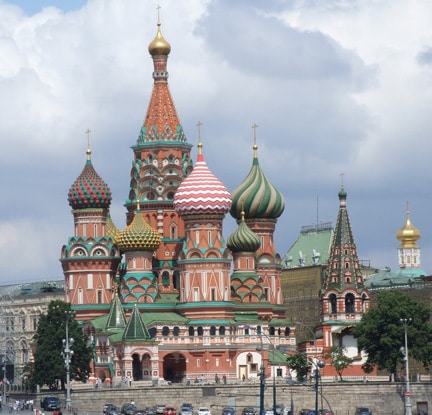Related Articles
A New Day for Training Church Leaders in Eastern Europe
Dramatic political changes in the Soviet Union are having an unprecedented impact on the churches there as well as in other Eastern European countries.
We Can Help Russian Believers
From a safe distance of 1700 years Christians enjoy identifying with the Christian martyrs of the first three centuries. Sunday school teachers shock their children with hair-raising accounts of how Christians were fed to the lions in the Colosseum.
We Can Help Russian Believers
From a safe distance of 1700 years Christians enjoy identifying with the Christian martyrs of the first three centuries. Sunday school teachers shock their children with hair-raising accounts of how Christians were fed to the lions in the Colosseum.
Welcoming the Stranger
Presenter: Matthew Soerens, US Director of Church Mobilization, World Relief Description: Refugee and immigration issues have dominated headlines globally recently. While many American Christians view these…
Moscow: Missions in Context of Urban Need
Many evangelicals are beginning to engage a
cultural strategy (A-E-I-O-U) that touches five
cultural issues in Moscow.


